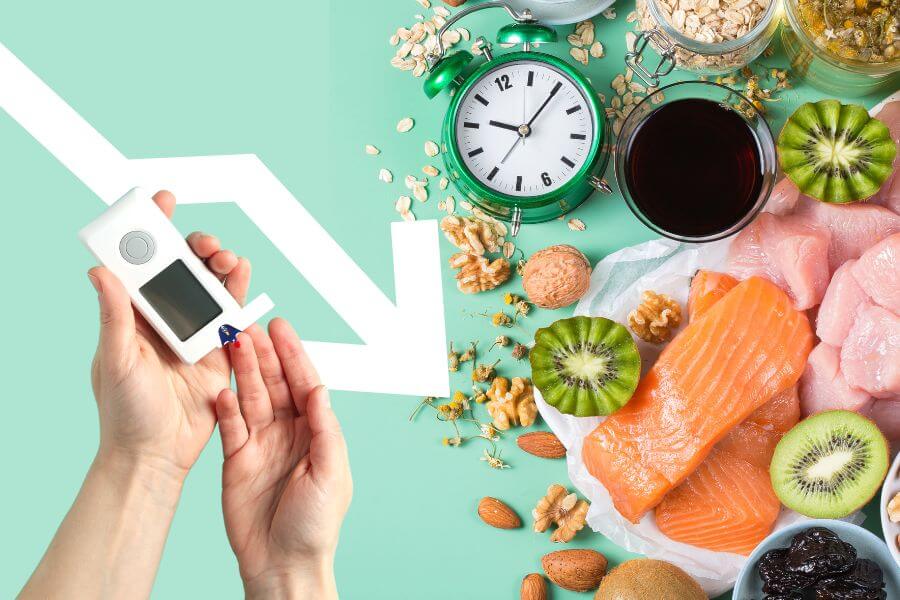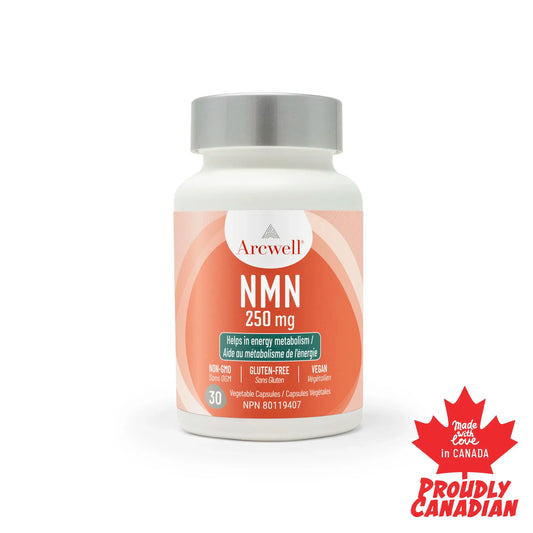
Which Supplements Help Reduce Blood Glucose Levels?
Share
We would like to share with you a study on an amino acid that can delay glucose disposal.
If you want to jump to a conclusion, I will tell you right now! The amino acid is L-arginine and taking L-arginine right before your meal is likely to help you decrease the sugar spike from your meal.
But if you want to know the details from the study involving L-arginine and glucose disposal just hang around a little longer.
As I have mentioned in another video, insulin, a very important hormone produced by your pancreas, is capable of controlling many biological functions in your body such as the amount of glucose in your bloodstream, which helps to store glucose in your liver, fat, and muscle cells. Insulin resistance can be a silent progressive condition, and when prolonged it will lead to type 2 diabetes. Over time, type 2 diabetes will lead to a higher level of blood sugar and eventually, this chronic condition will cause disorders of the circulatory, nervous and immune systems.
To prevent Insulin resistance, therefore, type 2 diabetes, heart disease, stroke, and have a long and healthy life, we need to be as insulin sensitive as possible. There are many changes in your lifestyle that can help improve insulin sensitivity such as exercising frequently, avoiding processed food, and adopting a whole food diet or fasting more frequently.
But, it would be very helpful to have a supplement capable of controlling blood sugar spikes similar to exercise to prevent INSULIN RESISTANCE. According to this paper, I’m about to share with you, L-arginine is very promising for helping prevent insulin resistance.
Let’s take a look at the paper.
The participants were studied after they had fasted for 12 h overnight. An indwelling catheter was placed into a forearm vein and flushed with 0.9% saline. Baseline blood samples were obtained at 07:30, 07:40, and 07:50 AM. At 08:00 AM the participants ingested, in random order and on separate occasions, water, 25 g of glucose, 1 mmol of L-arginine/kg lean body mass, and 1 mmol of L-arginine/ kg lean body mass + 25 g of glucose. The measurements were obtained at baseline and 10-min intervals over the next 2 h and glucose, insulin, glucagon, and amino acid concentrations were analyzed.
The chosen dose of 1 mmol/kg lean body mass corresponds to approximately 10 g in a typical 70-kg person.
Let’s take a look at the L-arginine blood levels after taking water, glucose, and arginine.
The L-arginine concentration naturally present in the blood ranged from 237 µmol/L to 280 µmol/L (Figure 1). After the oral ingestion of water only or glucose only, the plasma arginine concentration tended to decrease slightly.

After the oral ingestion of arginine, the plasma arginine concentration increased from a baseline of 237 µmol/L to a peak of 388 µmol/L at 60 min and then decreased slightly. But it was elevated at 347 µmol/L for 2 h.
Interestingly when glucose was ingested with arginine, the arginine blood levels were attenuated compared with arginine ingestion alone.
So how does the plasma glucose levels fluctuate after taking, water, glucose, arginine, and arginine + glucose?
The mean fasting plasma glucose concentration was 4.3 mmol/L (or 77 mg/dL) (Figure 2). After ingestion of water only, the plasma glucose concentration remained stable. After ingestion of arginine, the glucose concentration also was stable. After ingestion of glucose, the glucose concentration increased to a maximum of 6.9 mmol/L (124 mg/dL) at 30 min and returned to baseline at 70 min.
Interestingly when L-arginine was ingested with glucose, the rise in plasma glucose concentration was attenuated by approximately 60% decreasing slowly towards the baseline (Figure 2).

What about the insulin levels after taking, water, glucose, arginine, and arginine + glucose.
The mean fasting serum insulin concentration was 48 pmol/L (Figure 3). L-arginine ingestion did not stimulate an increase in insulin concentration. After glucose ingestion, there was a rapid rise in insulin concentration, which corresponded with the rise in glucose concentration. However, when arginine was taken with glucose, the insulin response was attenuated by 29% compared to taking glucose alone. (Figure 3).

These results showed that oral intake of 10 g of L-arginine alone does not increase the blood serum insulin, which is comparable with water ingestion. However, it did alleviate the serum insulin spike from the sugar when taken together.
To sum up
In this study, taking L-arginine along with glucose helps attenuate plasma glucose concentration by 60%, as well as to attenuate insulin response by 29% compared with taking glucose alone.
Although this study was designed to use L-arginine and pure glucose, it wouldn't be too surprising if L-arginine could also help lower the sugar spike from a meal. I started taking arginine before my meal and since then, I feel less sluggish after my meals, which could be associated with lower sugar spikes.
In addition, taking 10 g of L-arginine did Not stimulate an increase in insulin concentration. This is a great piece of information if you are planning to take arginine while fasting. ARGININE WON’T BREAK YOUR FASTING. I like to run in a fasted state, on the other hand, I feel my body is stronger when taking L-arginine before exercise. Now that I know arginine won't interfere with my fasting. It is just perfect to me.
Reference:
Clinical trial: https://pubmed.ncbi.nlm.nih.gov/12399273/











